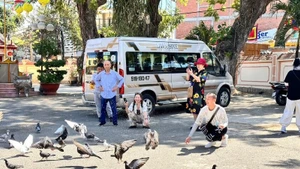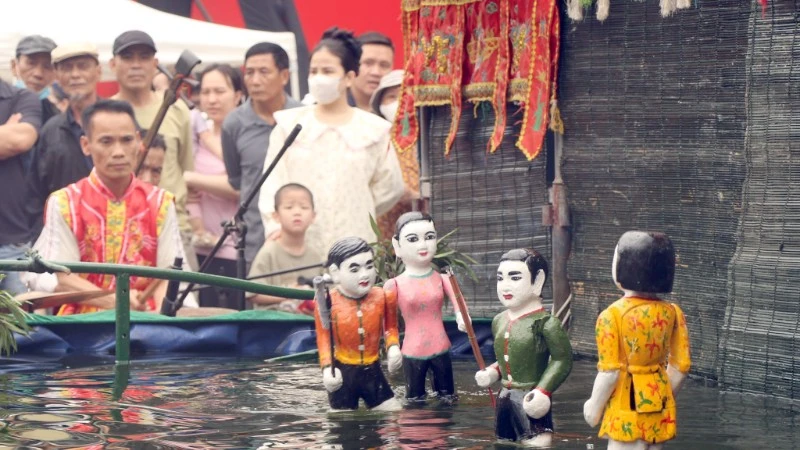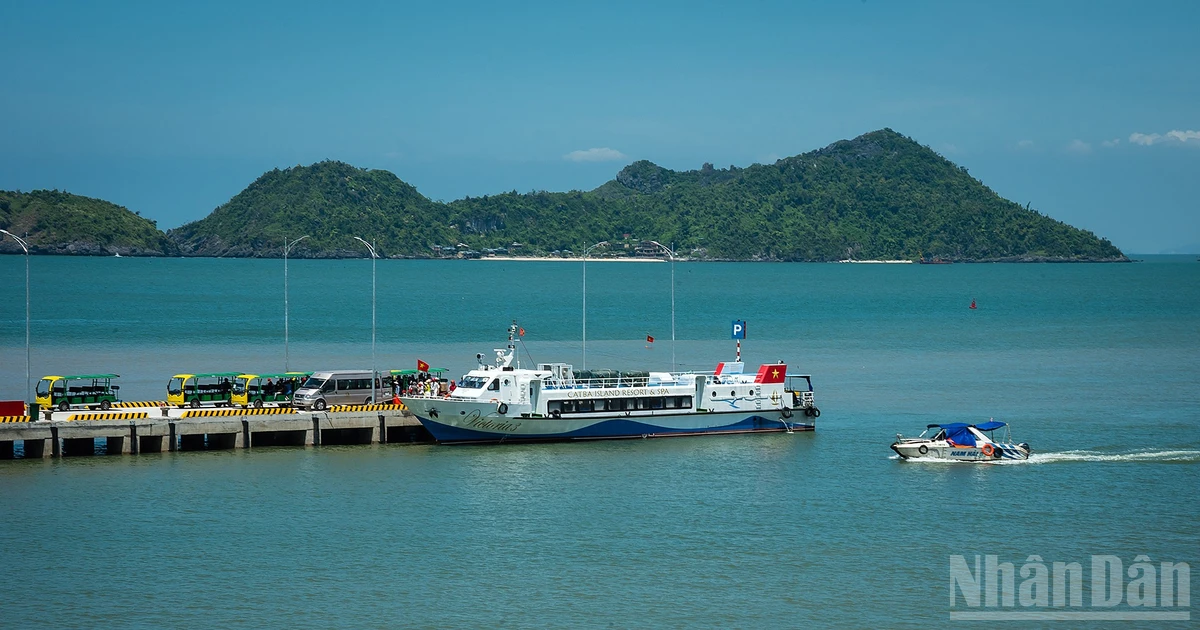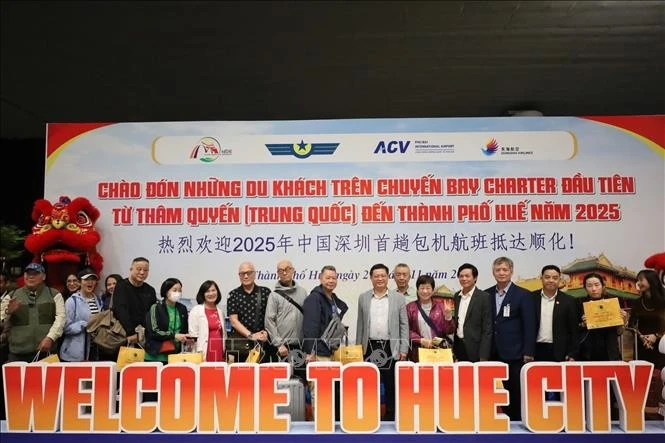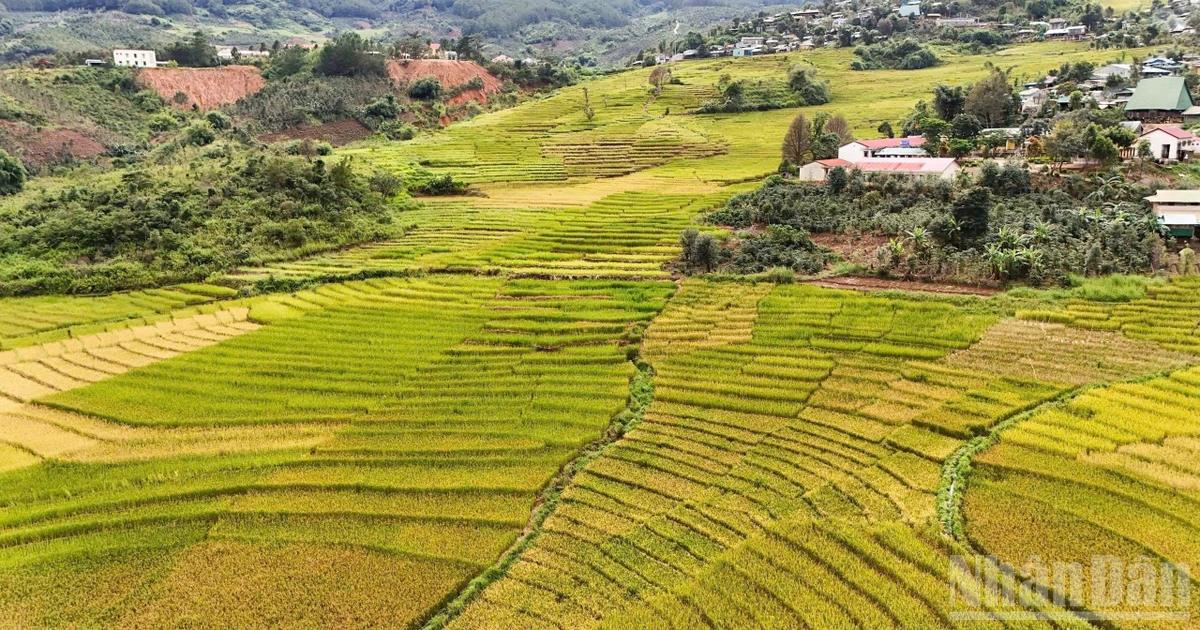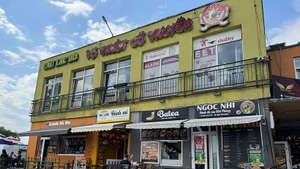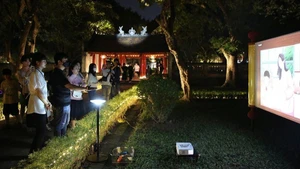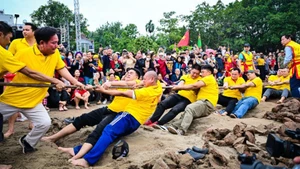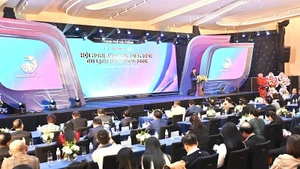Possessing rich indigenous cultures and diverse ecosystems, including estuaries, mangrove forests, delta islands, biosphere reserves, national parks, and nature reserves with high biodiversity, along with about 750 km of coastline and more than 150 large and small islands and archipelagos.
The land has abundant resources to develop many types of tourism, such as garden ecotourism associated with river landscapes, resort tourism combined with exploring cultural history, festivals, and traditional craft villages, high-quality island tourism, and MICE tourism.
With more than 386 km of border with Cambodia and four airports, including two international and two domestic airports, notably Phu Quoc International Airport, the Mekong Delta also has many advantages to connect tours and routes with countries in the region and many regions and areas in the country.
In recent times, realising the importance of connecting tourism spaces, 13 provinces and cities in the Mekong Delta have actively connected to improve the competitiveness of regional tourism.
Notably, after implementing the tourism cooperation agreement between the region and Ho Chi Minh City, many linked products have been created connecting Ho Chi Minh City with the provinces of Tien Giang, Vinh Long, Can Tho, Hau Giang, Soc Trang, Bac Lieu, Ca Mau, Ben Tre, Tra Vinh, Long An, Dong Thap, An Giang, and Kien Giang.
In particular, from these product lines, about 80 linked tourism programmes have been exploited by the travel community, contributing to a strong recovery for tourism in the Mekong Delta after the COVID-19 pandemic.
It is estimated that in 2023, nearly 45 million visitors came to the Mekong Delta land, an increase of 20.4% over the same period in 2022, of which international visitors reached more than 1.8 million, an increase of more than three times, with revenue reaching nearly 46 trillion VND, up 42.6% over the same period in 2022.
However, according to experts, although many regional tourism linkage activities have been implemented, in reality, there is still no truly effective direction and coordination model.
In addition to government linkages, it is necessary to focus on market linkages between businesses, tourism workers, and media agencies to develop value chains and build unique tourism products.
Due to the lack of long-term investment, there are no truly unique and attractive products. Most localities have only exploited similar values but have not yet promoted the distinct advantages of tourism resources for the region and the whole country.
In addition, one of the biggest challenges is the limitation of traffic connection. Although there are strengths in river and sea routes, intra-regional traffic is still difficult, and the time to transport passengers is too long.
In reality, river routes are not yet developed, sea routes lack passenger ports, regional and intra-regional road routes have not yet formed a network to meet tourism needs, and there is a lack of infrastructure.
To solve the above difficulties, many experts have proposed that localities in the region should coordinate to evaluate and review the entire system of tourism products to identify specific products of each locality, creating a basis for connecting tours and routes avoiding duplication and overlap.
Localities also need to mobilise resources to develop the transportation system between destinations in the region, creating favourable conditions for yards and wharves to help increase the ability to circulate and transport passengers.
Once potential locations have been identified, the next step is to link these locations together to create a seamless product chain that helps customers experience a convenient and rich journey, from enjoying local cuisine to exploring culture and nature.
The Mekong Delta needs to promote the expansion of connections within the Mekong sub-region with tours along the Mekong River through Cambodia and Laos, or road tours connecting Cambodia, Thailand and Myanmar.
In addition, it is necessary to develop regulations for connection and coordination and a detailed action plan with a specific roadmap so that connection activities can quickly achieve practical results.


